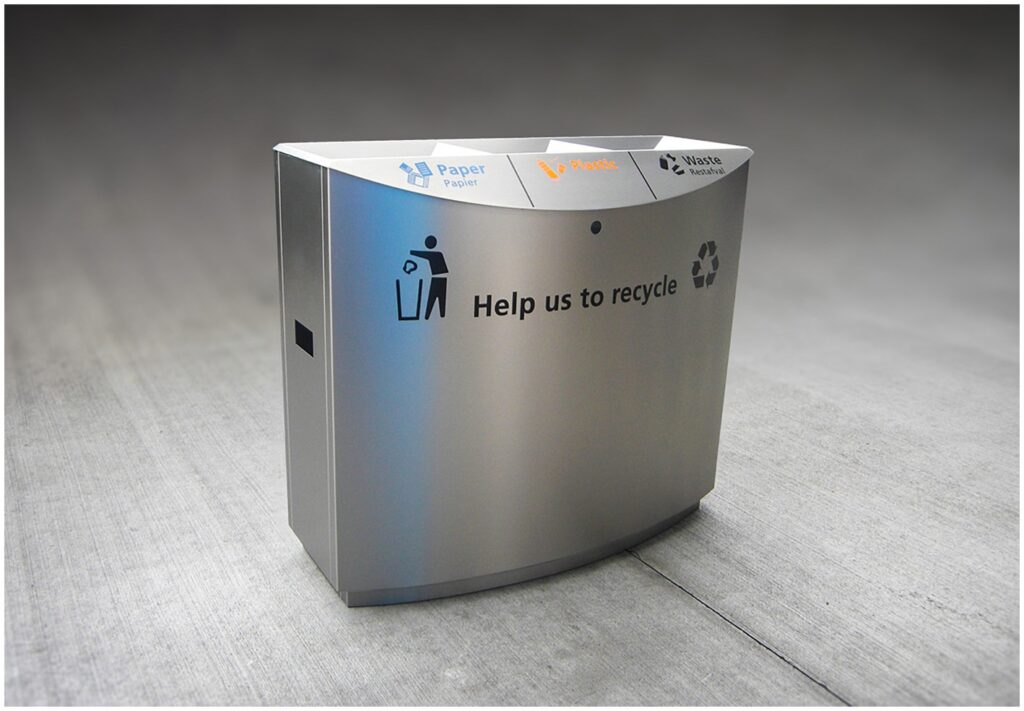May 2024
The TULIPS Work Package 6 team has written an extensive article with a concrete approach to guide airports in their transition towards greater circularity. Here’s a summary. Interested to read on? Check the link at the bottom of the article.
Airports play a crucial role in global travel, connecting people and facilitating commerce. However, with the increasing demand for air travel and growing passenger numbers, airports face challenges related to resource consumption and waste generation. While the aviation sector focuses on reducing environmental impact during flights, it’s essential to address the substantial waste generated at airports.
The Circular Economy Approach
The Circular Economy (CE) concept is gaining momentum across various industries, including aviation. CE aims to minimize waste, promote resource efficiency, and create a sustainable ecosystem. Schiphol Amsterdam Airport, one of Europe’s busiest airports, has taken significant steps toward adopting a circular economy model.
Introducing the Baseline Circular Airports Method (BCAM)
Amsterdam Airport Schiphol developed the Baseline Circular Airports Method (BCAM) to assess and improve waste management practices. BCAM systematically analyzes resource streams, considering their composition, relevant stakeholders, treatment processes, and environmental impact. Let’s delve into the key aspects of BCAM:
- Resource Stream Analysis: BCAM examines various resource streams within the airport environment. These include waste categories like Residual, Plastic, Swill, Paper, and International Catering Waste (CAT1). By understanding the composition and impact of each stream, airports can prioritise their efforts effectively.
- Strategic Prioritisation: BCAM helps airports identify which resource streams have the highest impact. For instance, plastic waste may be a significant concern due to its environmental implications. By strategically prioritising these streams, airports can focus their interventions where they matter most.
- Efficiency Determination: BCAM enables airports to assess waste management efficiencies. By analysing treatment processes and stakeholder involvement, airports can optimise resource utilisation and minimise waste. For example, improving plastic recycling processes or reducing paper waste can lead to tangible benefits.


Benefits of BCAM
- Baseline for Monitoring: BCAM provides a baseline for ongoing monitoring. Airports can track their progress over time, measure improvements, and adjust strategies accordingly. This data-driven approach ensures transparency and accountability.
- Strategic Planning: Armed with BCAM insights, airports can develop strategic plans. These plans outline specific actions to enhance waste management practices, reduce environmental impact, and contribute to the circular economy.
- Progress Toward Sustainability: BCAM aligns airports with sustainability goals. By addressing resource streams systematically, airports contribute to a more sustainable future. Whether it’s reducing plastic waste or optimising catering waste management, every step counts.
In conclusion, BCAM serves as a valuable tool for airports worldwide. By embracing circular economy principles and focusing on resource efficiency, airports can transform waste management methods and create a greener, more resilient aviation industry.
Authors; Anne van der Tuin-Rademaker, Elisabeth Tschavgova, Christian van Maaren, Sara Solis, Saro Campisano and Sonja van Dam.
